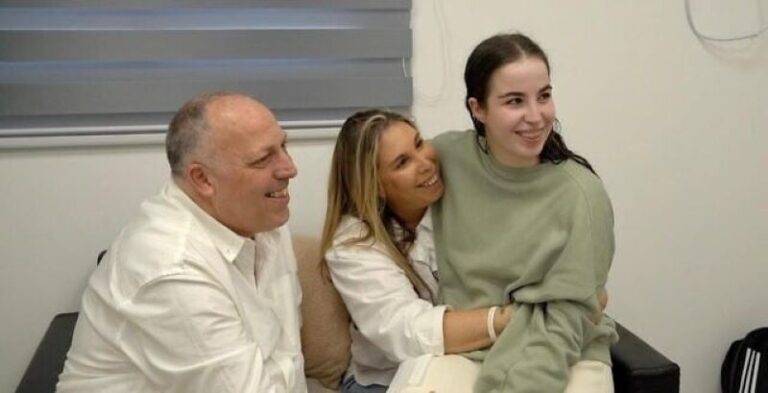A new study at the University of Haifa sheds light on the mechanisms of language acquisition:
Do bilingual persons have distinct language areas in the brain?
A new study carried out at the University of Haifa sheds light on how first and second languages are represented in the brain of a bilingual person. A unique single case study that was tested by Dr. Raphiq Ibrahim of the Department of Learning Disabilities and published in the Behavioral and Brain Functions journal, showed that first and second languages are represented in different places in the brain.
The question of how different languages are represented in the human brain is still unclear and, moreover, it is not certain how languages of different and similar linguistic structures are represented. Many studies have found evidence that all the languages that we acquire in the course of our life are represented in one area of the brain. However, other studies have found evidence that a second language is dissociated from the representation of a mother tongue.
According to Dr. Ibrahim, there are various ways of clarifying this question, but the best way to examine the brains representation of two languages is by assessing the effects of brain damage on a mother tongue and on the second language of the bilingual individual. The examination of such cases carries much significance, since it is rare that we can find people who fluently speak two languages and who have sustained brain damage that has selectively affected one of the languages. Moreover, most of the evidence in this field is derived from clinical observations of brain damage in English- and Indo-European-speaking patients, and few studies have been carried out on individuals who speak other languages, especially Semitic languages such as Hebrew and Arabic, until the present study, he added.
The present case examined a 41-year-old bilingual patient whose mother tongue is Arabic and who had fluent command of Hebrew as a second language, at a level close to that of his mother tongue. The individual is a university graduate who passed entrance exams in Hebrew and used the language frequently in his professional life. He suffered damage to the brain that was expressed in a language disorder (aphasia) that remained after completing a course of rehabilitation. During rehabilitation, a higher level of improvement in use of the Arabic language was recorded, and less for the use of Hebrew. After rehabilitation, the patients’ language skills were put through various standardized tests that examined a range of levels language skills in the two languages, alongside other cognitive tests. Most of the tests revealed that damage to the patients Hebrew skills were significantly more severe than the damage to his Arabic skills.
According to Dr. Ibrahim, even if this selective impairment of the patients linguistic capabilities does not constitute sufficient evidence to develop a structural model to represent languages in the brain, this case does constitute an important step in this direction, particularly considering that it deals with unique languages that have not yet been studied and which are phonetically, morphologically and syntactically similar.
(YWN Desk – NYC)











One Response
I know someone who suffered a stroke in his 70’s. Prior to the stroke he spoke English and Yiddush fluently, but after the stroke, he could only speak in Yiddish! Amazing but true.